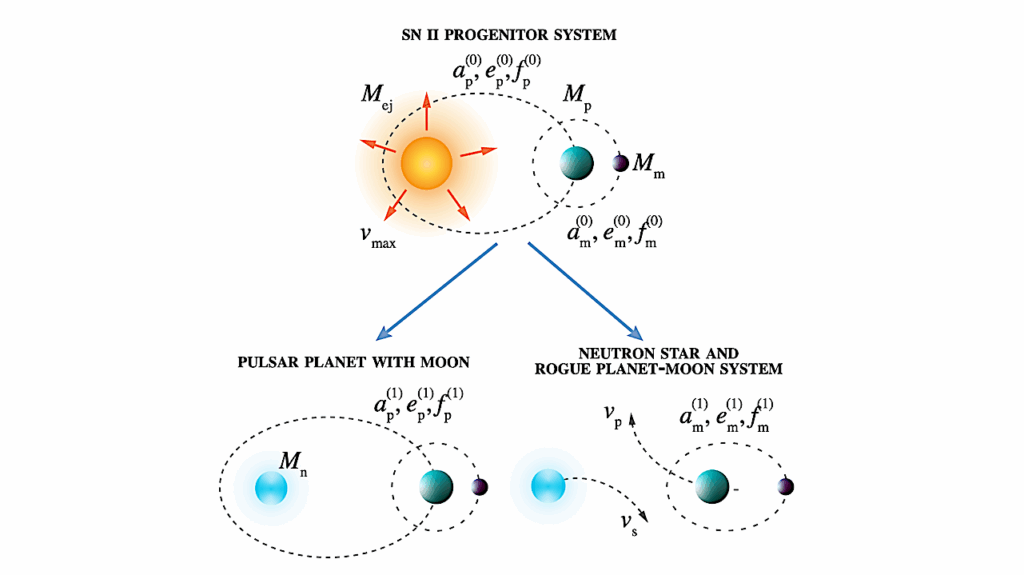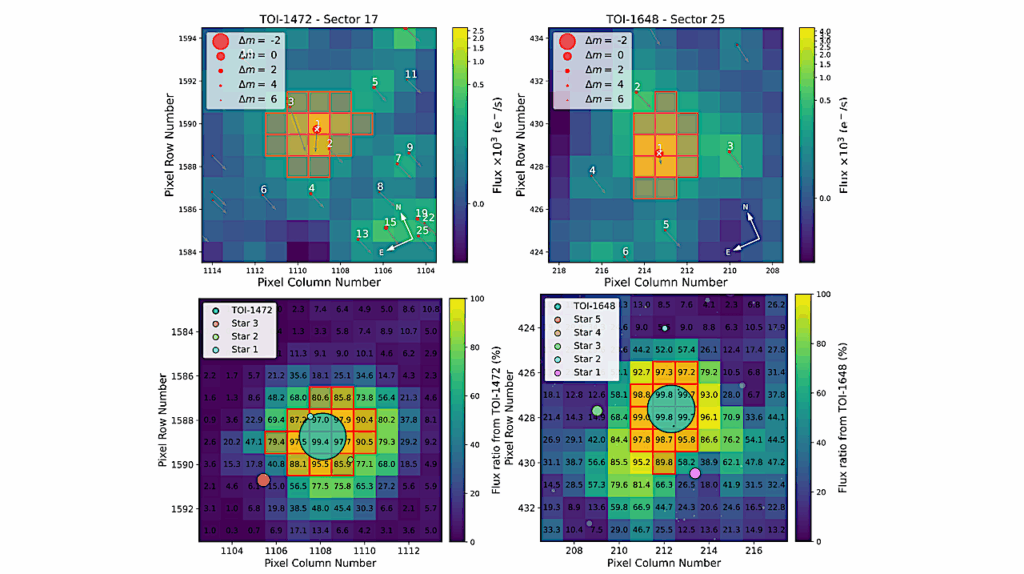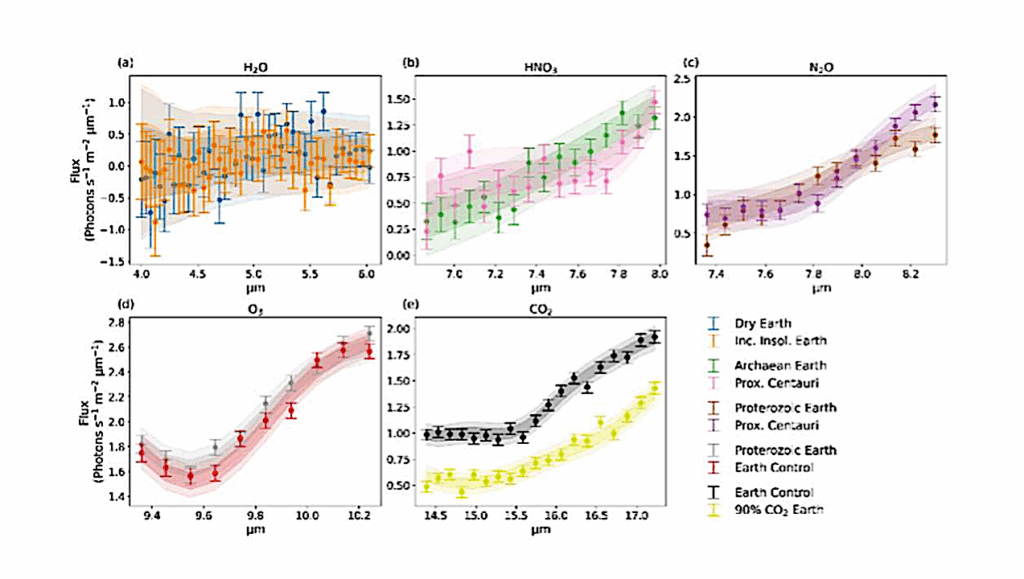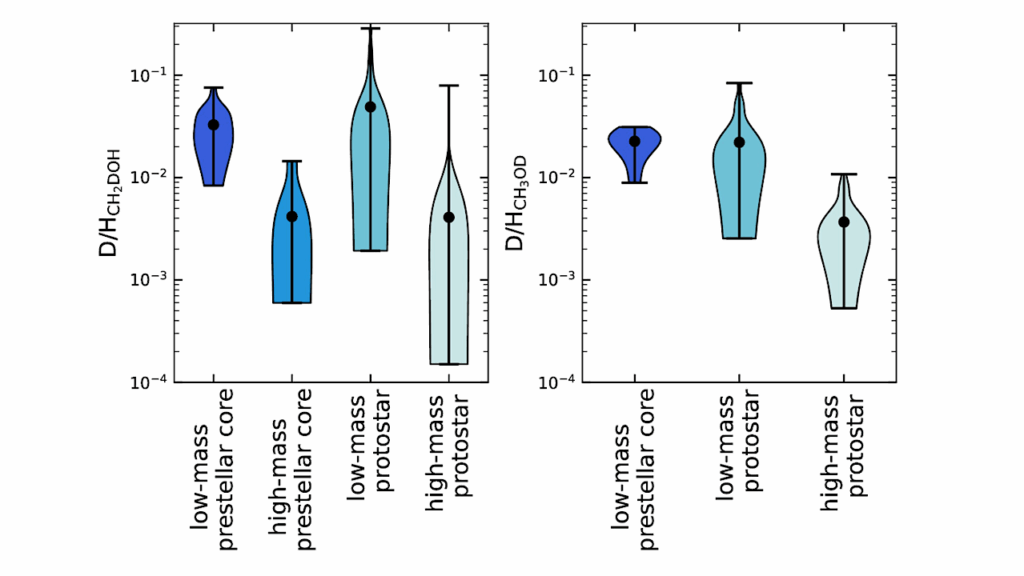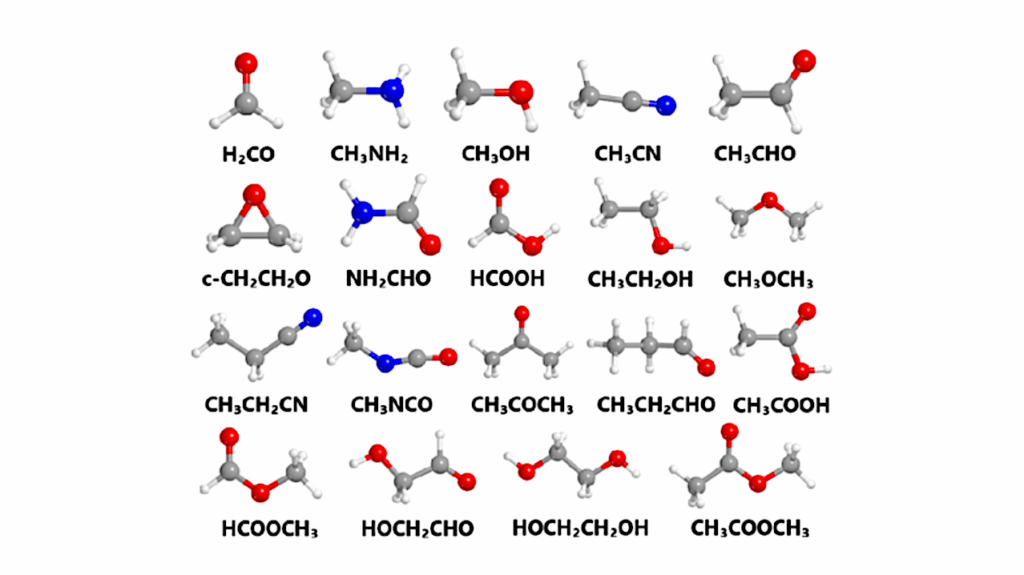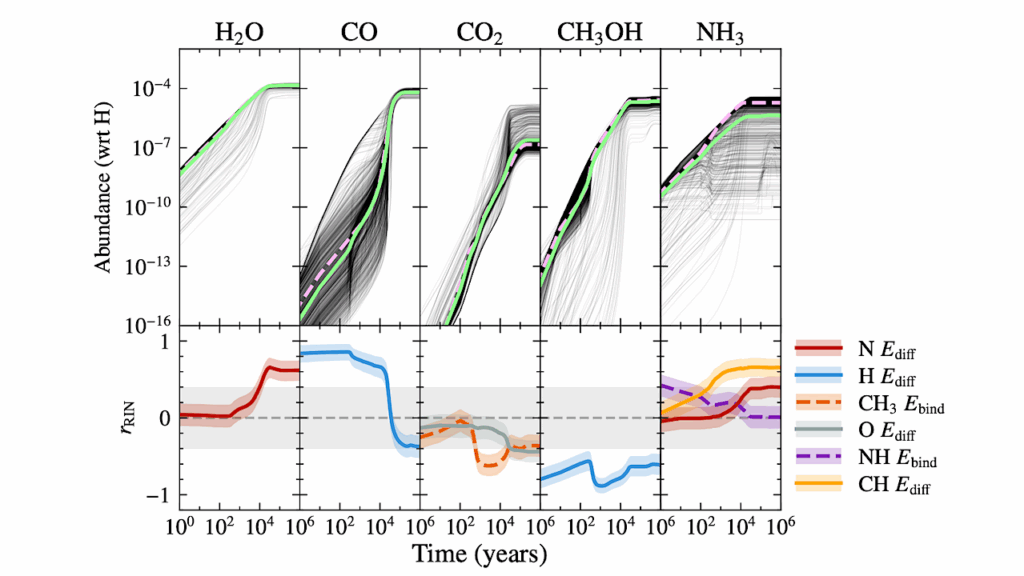The CARMENES Search For Exoplanets Around M Dwarfs. Occurrence Rates of Earth-like Planets Around Very Low-mass Stars
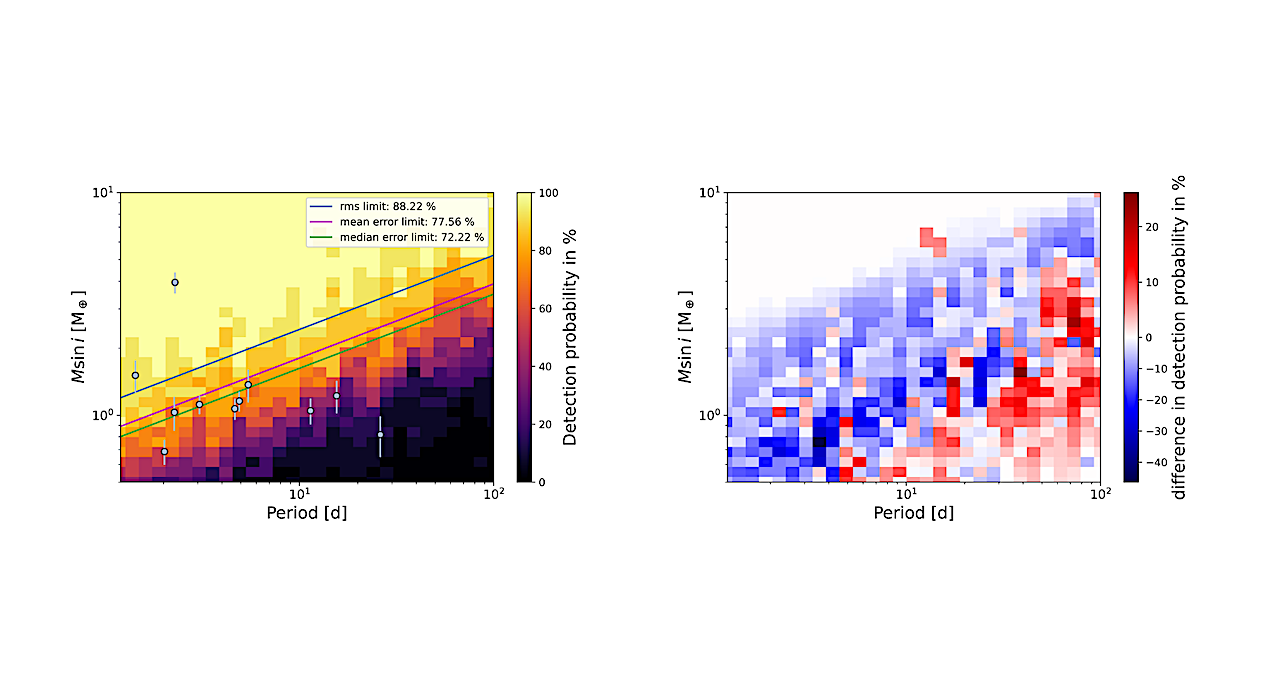
Aims: Previous estimates of planet occurrence rates in the CARMENES survey indicated increased numbers of planets on short orbits for M dwarfs with masses below 0.34M⊙. Here we focused on the lowest-mass stars in the survey, comprising 15 inactive targets with masses under 0.16M⊙.
Methods: To correct for detection biases, we determined detection sensitivity maps for individual targets and the entire sample. Using Monte Carlo simulations, we estimated planet occurrence rates for orbital periods of 1d to 100d and minimum masses from 0.5M⊕ to 10M⊕.
Results: The radial velocity (RV) data from CARMENES reveal four new planets around three stars in our sample, namely G~268–110b, G~261–6b, and G~192–15b and c. All three b planets have minimum masses of 1.03–1.5M⊕ and orbital periods of 1.43–5.45d, while G~192–15c is a 14.3M⊕ planet on a wide, eccentric orbit with P≈1218d and e≈0.68.
Our occurrence rates suggest considerable dependencies with respect to stellar masses. For planets below 3M⊕ we found rates consistent with one planet per star across all investigated periods, but the rates decrease almost by an order of magnitude for larger planet masses up to 10M⊕. Compared to previous studies, low-mass stars tend to harbor more planets with P<10d. We also demonstrate that synthetic planet populations based on the standard core accretion scenario predict slightly more massive planets on wider orbits than observed.
Conclusions: Our findings confirm that planet occurrence rates vary with stellar masses even among M dwarfs, as we found more planets with lower masses and on shorter orbits in our subsample of very low-mass stars compared to more massive M dwarfs. Therefore, we emphasize the need for additional differentiation in future studies.
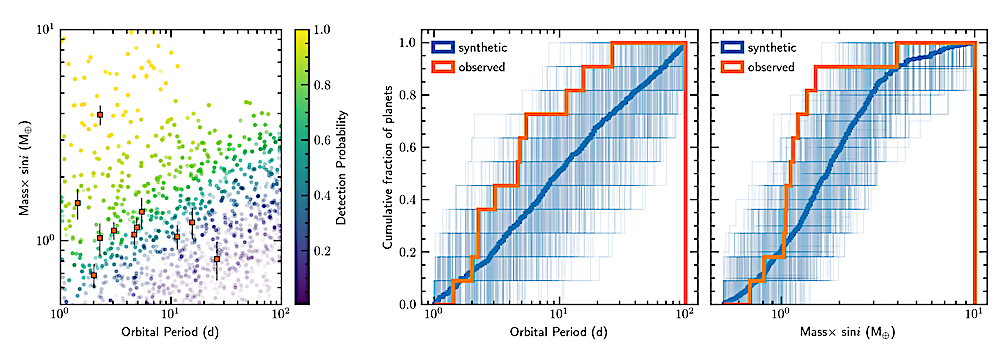
Planet detection statistics of observed planets compared with mock detections based on the synthetic planet population by Burn et al. (2021). Included are all planets with orbital periods of 1–100 d and with minimum masses of 0.5–10 M⊕. The left panel shows the Mpl sin i of the observed (orange squares) and synthetic (circles) planets against orbital periods. The transparency and color of the synthetic data are scaled by detection probability. The cumulative distribution of the observed and synthetic Ppl (middle) and Mpl sin i (right) is shown. For the synthetic data, we show with transparent lines 1000 random draws of 11 planets to visualize the expected spread. — astro-ph.EP
A. Kaminski, S. Sabotta, J. Kemmer, P. Chaturvedi, R. Burn, J.C. Morales, J.A. Caballero, I. Ribas, A. Reiners, A. Quirrenbach, P.J. Amado, V.J.S. Béjar, S. Dreizler, E.W. Guenther, A.P. Hatzes, Th. Henning, M. Kürster, D. Montes, E. Nagel, E. Pallé, V. Pinter, S. Reffert, M. Schlecker, Y. Shan, T. Trifonov, M.R. Zapatero Osorio, M. Zechmeister
Comments: Number of pages: 25; number of figures: 23 (12 in main + 11 in appendix). Accepted in A&A; DOI (pending): https://doi.org/10.1051/0004-6361/202453381 (Volume 696, Article number A101)
Subjects: Earth and Planetary Astrophysics (astro-ph.EP)
Cite as: arXiv:2504.03364 [astro-ph.EP] (or arXiv:2504.03364v1 [astro-ph.EP] for this version)
https://doi.org/10.48550/arXiv.2504.03364
Focus to learn more
Related DOI:
https://doi.org/10.1051/0004-6361/202453381
Focus to learn more
Submission history
From: Adrian Kaminski
[v1] Fri, 4 Apr 2025 11:36:03 UTC (10,130 KB)
https://arxiv.org/abs/2504.03364
Astrobiology,


